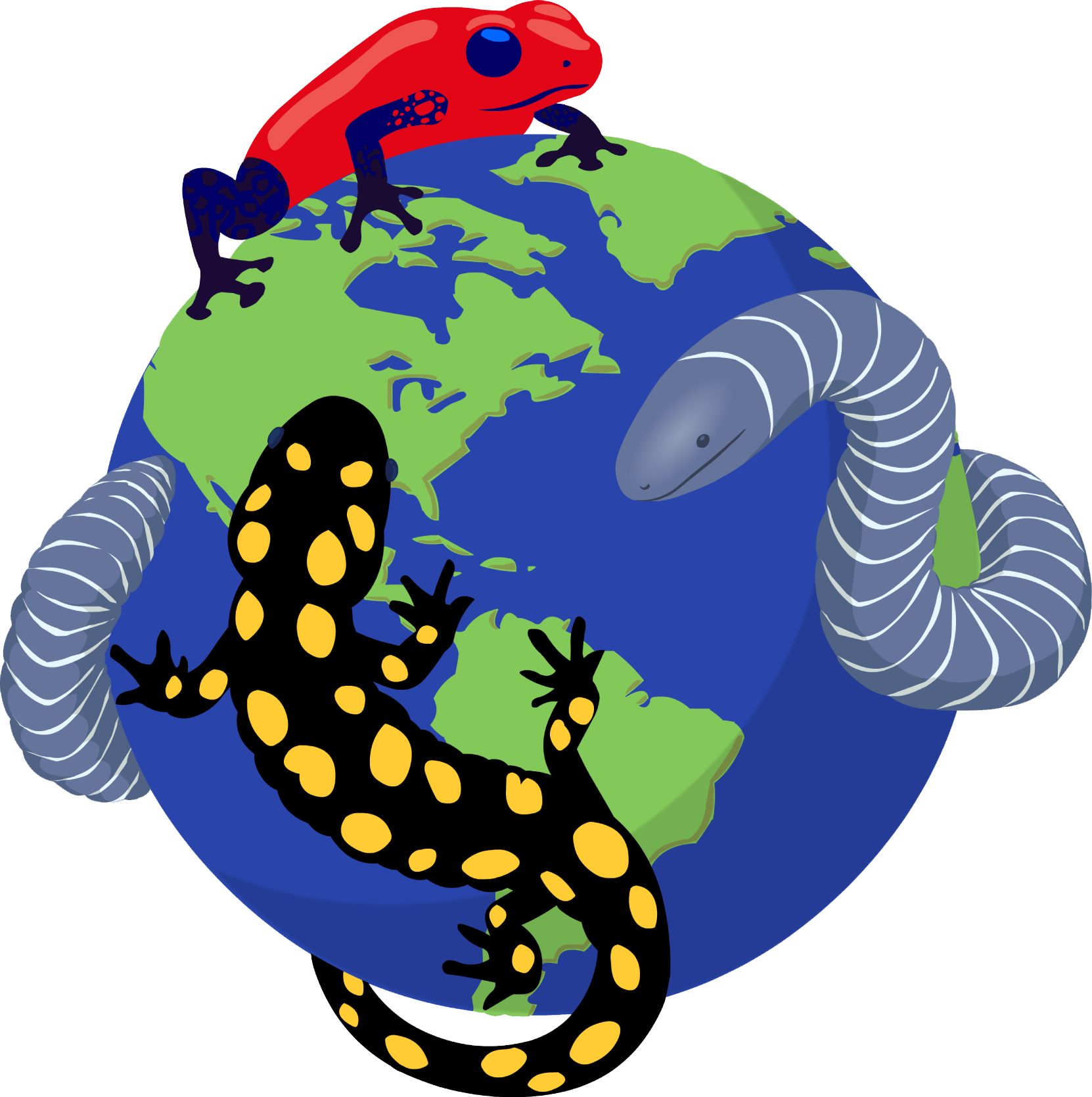|
Hyla sarda (De Betta, 1853)
Sardinian Tree Frog, Tyrrhenian Tree Frog, Sardischer laubfrosch, Tyrrhenischer laubfrosch, Rainette Sarde, Raganella sarda, Raganella tirrenica, Sardijnse boomkikker Subgenus: Hyla | family: Hylidae subfamily: Hylinae genus: Hyla |
|
Taxonomic Notes: Duellman et al. (Zootaxa 2016) treated two major clades as genera; AmphibiaWeb treats these two clades as subgenera(Hyla in the Old World; Dryophytes in the New World and East Asia), thus stabilizing traditional taxonomy. |
|
 © 2008 Franco Andreone (1 of 17) |
|
|
|
Description Distribution and Habitat Country distribution from AmphibiaWeb's database: France, Italy
Life History, Abundance, Activity, and Special Behaviors Trends and Threats Relation to Humans
References
Nöllert, A. and Nöllert, C. (1992). Die Amphibien Europas. Franckh-Kosmos Verlags-GmbH and Company, Stuttgart. Stumpel-Rieks, S. E. (1992). Nomina Herpetofaunae Europaeae. AULA-Verlag, Wiesbaden. Originally submitted by: Arie van der Meijden (first posted 1999-09-25) Edited by: Meredith J. Mahoney (2021-01-26) Species Account Citation: AmphibiaWeb 2021 Hyla sarda: Sardinian Tree Frog <https://amphibiaweb.org/species/949> University of California, Berkeley, CA, USA. Accessed Jun 12, 2025.
Feedback or comments about this page.
Citation: AmphibiaWeb. 2025. <https://amphibiaweb.org> University of California, Berkeley, CA, USA. Accessed 12 Jun 2025. AmphibiaWeb's policy on data use. |



 Map of Life
Map of Life